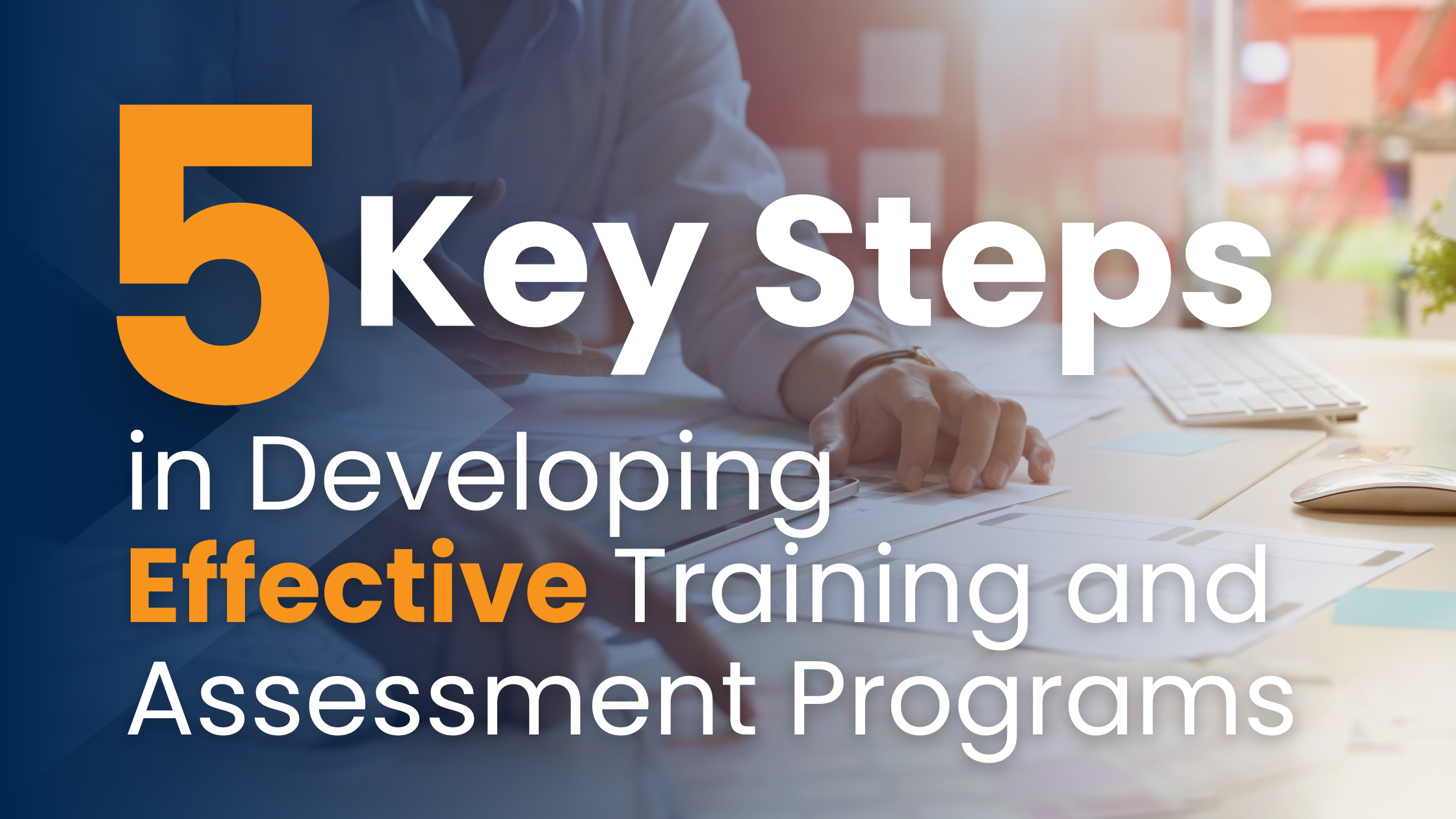No matter what the topic, format, or circumstances, many people in the room simply are not on board when a facilitator walks through the door. Every facilitator has witnessed eye rolls, inattention, negative remarks, and body language that signals disinterest. Some people might be curious and questioning, others actively antagonistic.
Few professionals know how to deal with resistance, yet it’s a key part of the facilitation process. Sometimes it is even the first sign that people are coming together. Working with resistance – and welcoming its expression – can resolve conflict, help people feel heard, and increase the trust needed for collaboration.
The first step is simply to realize that there are reasons for the resistance. Sometimes it springs from pure obstinacy, but that’s much rarer than one might think. Among many other factors, a workplace’s penchant for cynicism often makes it more acceptable for people to respond to any initiative with an attitude that “this won’t work here.” On a deeper level, however, cynicism can serve a more practical purpose. It puts the cynic in a vulnerable position – protecting a sense of fear, exhaustion, alienation, or disappointment.
This type of cynicism is well earned. Most people do not come into their workplaces cynical. Rather, they have grown that way from negative experiences. After 10 or 20 years with an organization, why should they believe consultants who suddenly appear and say everything will change?
Behind that question lies a key insight into dealing with resistance – those who resist act as if they know better, and sometimes they do. They have seen the results of failed change efforts and known the disappointment that comes with failure. As a result, their resistance holds a great deal of data – about system flaws, leadership, and the organization’s ways of interacting – that can transform our effectiveness as facilitators if we know how to work with them.
Engaging everyone in the room
To work with these individuals and their data, we have to hear them. Our first step in any session is to learn everything we can about the participants and their experiences. If we make time to hear all participants, including those who express resistance, our insights into the organization will be more penetrating and our work more effective. The trick is to hear resistance without getting derailed or defensive.
This listening has critical fringe benefits as well, especially in group settings. In one session, I was stressing the importance of greeting people authentically and saying hello when a participant said, “I’ve seen you around many times, and you’ve never said hello.” It would be easy for me to get defensive in that situation, especially since I had indeed greeted him on occasion. Instead, I heard him, apologized, and talked about the challenge of consistently practicing what we preach. Not only did this soften his anger, but it allowed me to model positive behavior and set the tone for everyone in the room.
Note the last two points. Whatever we say to an individual, we are saying to the group. Each time we work through resistance with a participant, everyone else watches how we do it. They take cues about how safe the room is for voicing concerns, and this sets new norms for constructive conversation on difficult topics. Since I lead sessions as an expert in inclusive behavior, they assume that I behave inclusively. If even I cannot do this, learners are justified in assuming that they can’t, either—and that “this won’t work here.”
Engaging people who express resistance is more of an art than a science. A few tips:
- Don’t label anyone as merely obstinate or divisive. Accept that people are speaking their own truths. Part of our work is to change their reality going forward and their perspective about what is possible.
- Recognize that people who express resistance may well be speaking for others in the room.
- Acknowledge that, in many cases, resistance indicates someone is wrestling with new ideas and trying to make them work.
- Thank people for expressing their resistance and, in so doing, making it safe for everyone to speak out.
So much of this comes back to basic inclusive behaviors. When we listen as an ally, we often turn away anger and resistance. As we accept what others say as true for them, address misunderstandings, and resolve disagreements, we have a far better chance of engaging our participants and collaborating with them to co-create sustainable change.
Source: ASTD. Mickey Bradley has been associated with The Kaleel Jamison Consulting Group since 1994. His work focuses on effective communication strategies while also encompassing client consultation, data collection and feedback, education, and executive coaching.




